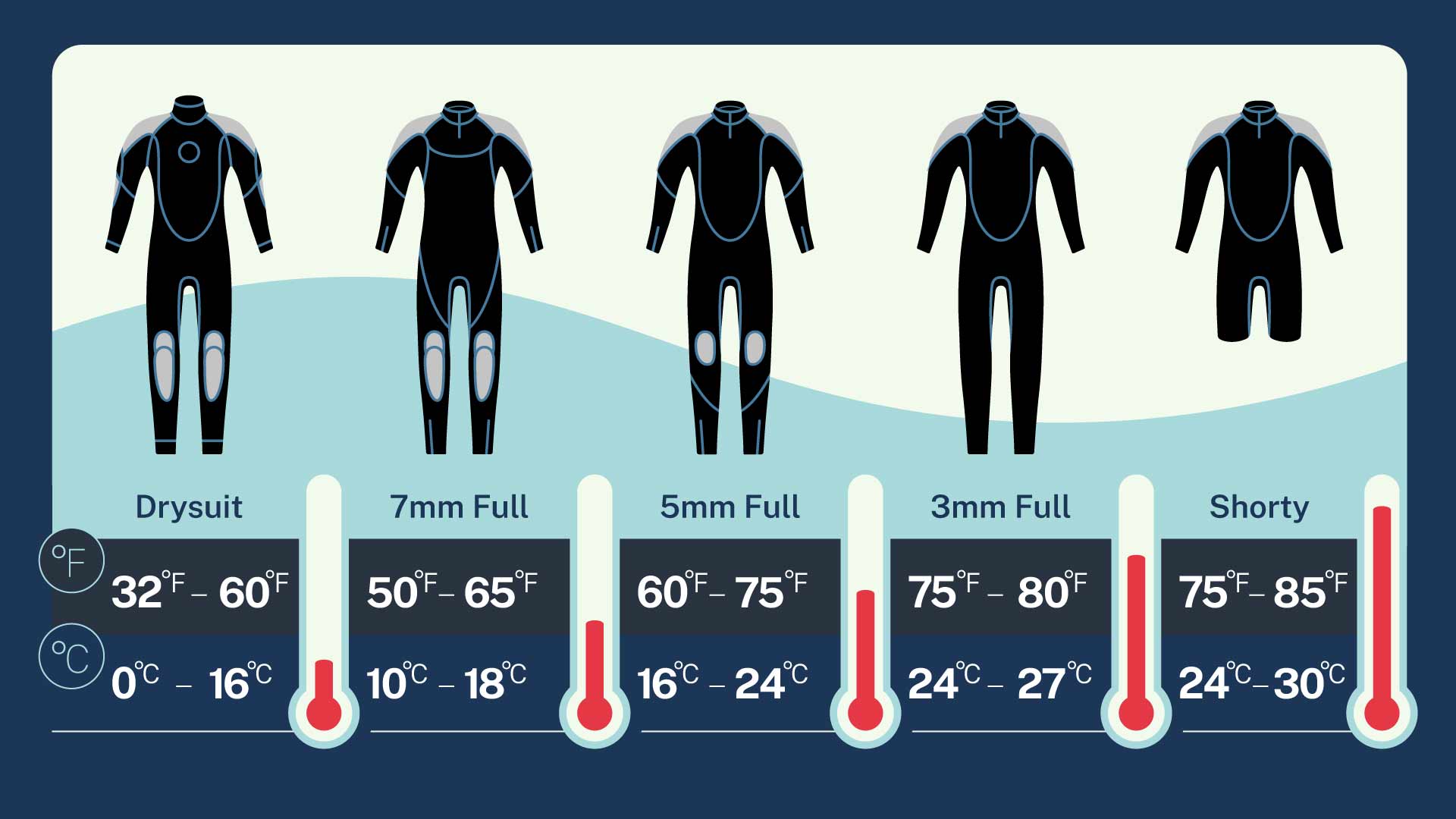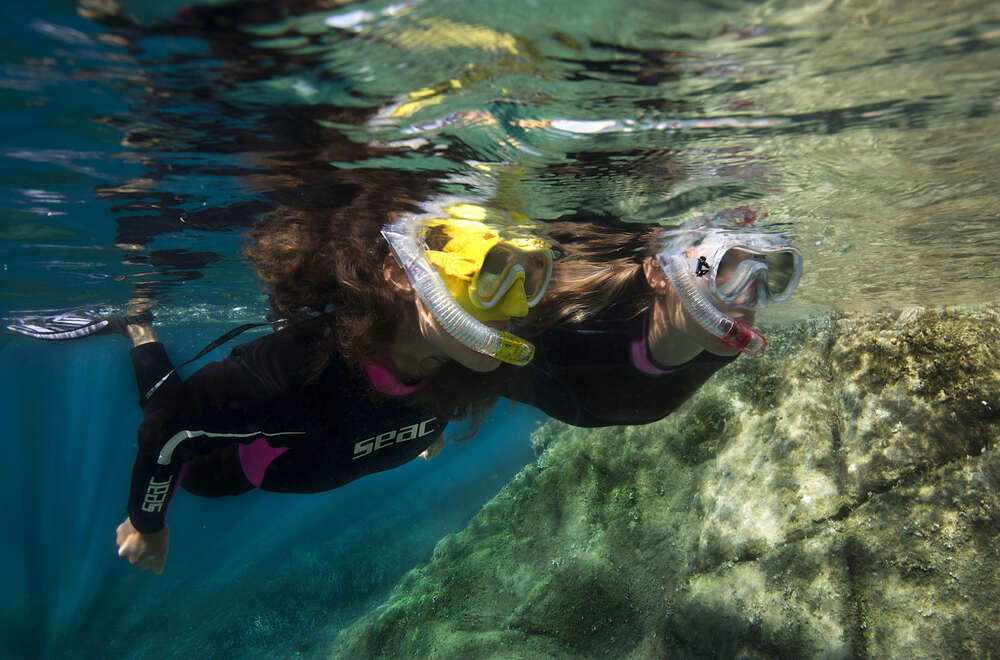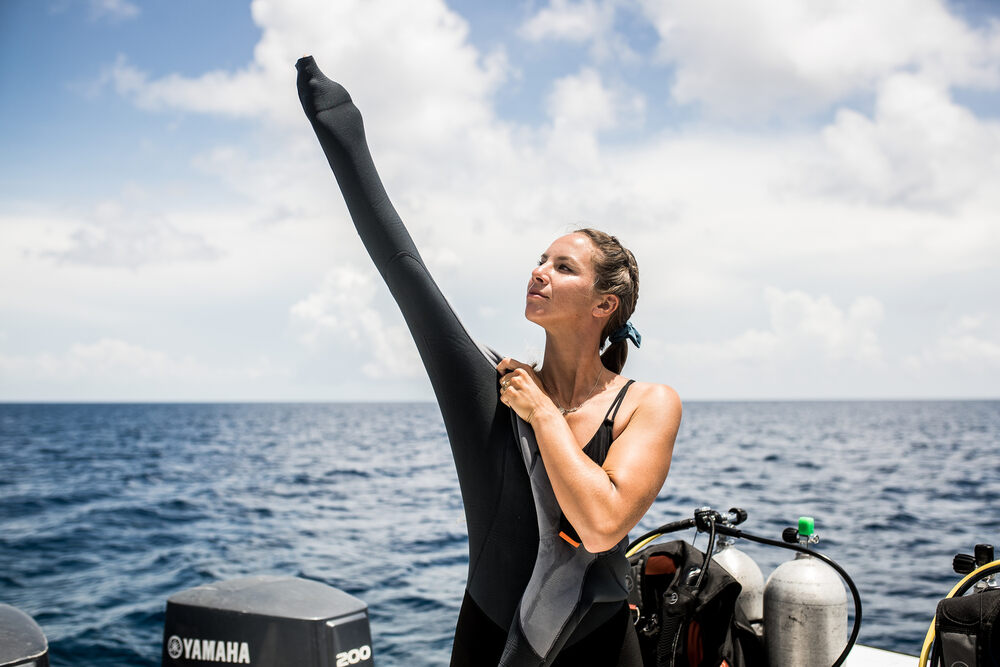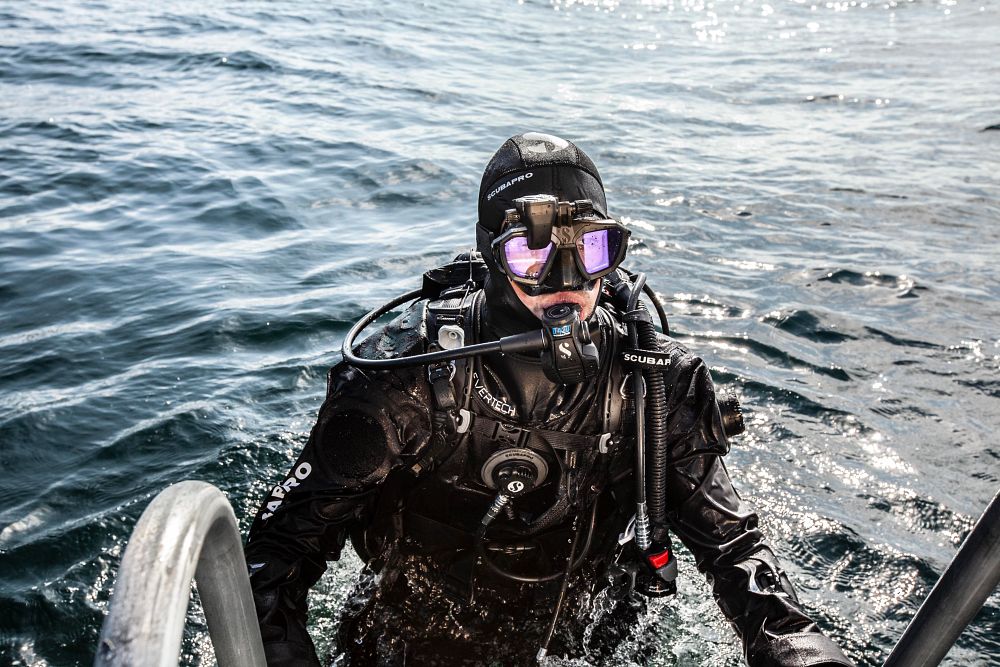Wetsuit Temperature Guide

Choosing the right wetsuit thickness is important because it affects your comfort and performance in the water. If the wetsuit is too thick, you may overheat and become fatigued. If the wetsuit is too thin, you may become cold and your movements may be restricted. The ideal thickness for a wetsuit depends on the water temperature and your personal tolerance for cold. By selecting the appropriate thickness, you can stay warm, comfortable, and perform at your best in the water.
Shorty Wetsuits & Springsuits
It’s warm but depending on how long you are underwater and your exercise level will determine your exposure protection. If on the surface, a rashguard or skin is highly recommended for sun protection. A full body skin will not only protect you from the sun, it can also protect from stinging coral and jellyfish.
3mm Full Wetsuit
Warm to many yet cold to some, this temperature range will be found at many popular scuba destinations. Warm while swimming on the surface, this temperature range can become quite chilly when submerged for an extended period. Consider supplementing with a beanie or light hooded vest if you are one to “feel the cold” more.

5mm Full Wetsuit
Commonly referred to as temperate waters, this aquatic temperature zone can be a tricky one! A 5mm suit as a base can suffice in the warmer side of this zone, however, typically, a hooded vest, base layer, hood, booties, gloves can all make a dramatic difference in thermal preservation in the lower end of this temperature range. Many still choose a 7/5mm or 7mm for diving at the lower end of this temperature range.

7mm Full Wetsuit
Whether in the North Atlantic, the Pacific Northwest or even Southern California, everyone can agree that this aquatic zone is chilly! Without the proper thermal protection, divers will not last long at depth. A 7mm wetsuit is highly recommended with the addition of the proper accessories such as a hooded vest. which will add additional millimeters of thermal protection to your torso as well as your head!

Drysuit
Drysuits offer the option of staying warm and dry and have a wide temperature range of usage. On the warmer end of water temperature, a drysuit is not advised for risk of overheating, however, from 35F/0C-60F/16C, a drysuit is a viable option. Unlike wetsuits, which allow a small amount of water to enter and trap it against the skin to provide insulation, drysuits form an impermeable barrier that keeps water out. This is important for divers who need to maintain a stable body temperature in colder water, where hypothermia can set in quickly.

A Word on Wetsuit Accessories
Wetsuit accessories such as hooded vests, hoods, gloves and booties can certainly make the difference between an enjoyable dive and one that you are counting the minutes to begin your ascent and call it a day. Preparing with the appropriate wetsuit is key, however, proper usage of wetsuit accessories gives the diver the edge of increasing overall warmth. A diver’s head, neck and torso are most critical as far as thermal retention is concerned. A hooded vest worn underneath the full suit will add mm’s to the torso while provided coverage to both the neck and head.

Does My Wetsuit Fit Correctly?
• Tight but Comfortable: The wetsuit should fit snugly, but not be too tight or restrictive. You should be able to move your arms and legs freely.
• No Gaps: Make sure there are no gaps between the wetsuit and your skin, as this will allow water to enter and reduce the insulation.
• Proper Length: The wetsuit should reach your ankles and wrists, but not be too long, as this can cause drag in the water.
• Neck Comfort: The neck of the wetsuit should fit comfortably, but not be too tight, as this can cause discomfort and restrict breathing.
• Chest and Back Panel: The chest and back panel of the wetsuit should be snug, but not too tight, as this will affect the insulation and mobility.
• Sleeve and Leg Length: The sleeves and legs of the wetsuit should be long enough to provide complete coverage, but not be too long, as this can restrict movement.
• Zipper: The zipper of the wetsuit should be easy to operate and not dig into your skin.


